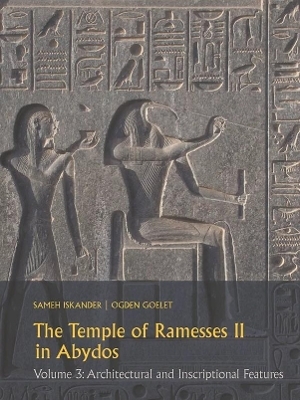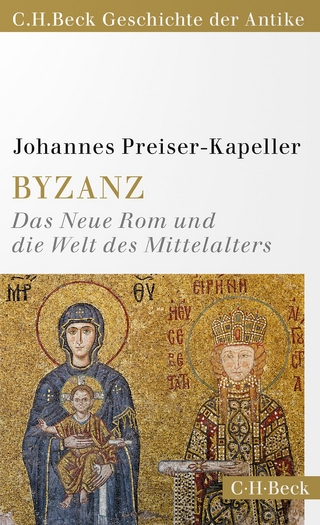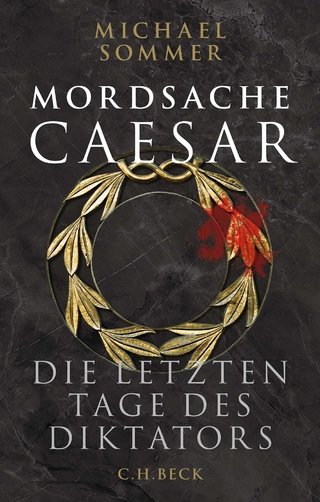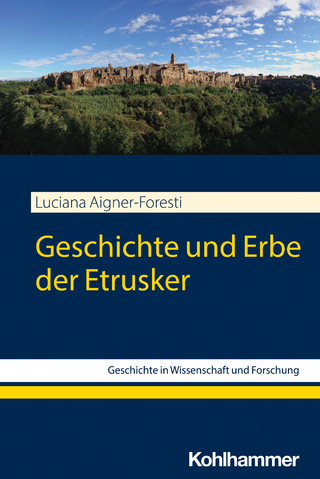
The Temple of Ramesses II in Abydos Volume 3
Architectural and Inscriptional Features
Seiten
2022
Lockwood Press (Verlag)
978-1-948488-78-5 (ISBN)
Lockwood Press (Verlag)
978-1-948488-78-5 (ISBN)
- Titel nicht im Sortiment
- Artikel merken
Building on the comprehensive photographic and epigraphic documentation of the temple presented in volumes 1 and 2 of The Temple of Ramesses II at Abydos, Volume 3 (Architectural and Inscriptional Features) offers analysis of the architectural layout and decorative programme of the temple and its symbolism.
Building on the comprehensive photographic and epigraphic documentation of the temple presented in The Temple of Ramesses II at Abydos volumes 1 (Wall Scenes) and 2 (Pillars, Niches and Miscellanea), volume 3 (Architectural and Inscriptional Features) offers a detailed analysis of the overall architectural layout and decorative programme of the temple and its symbolism.
Of all the enormous monuments throughout Egypt and Nubia that Ramesses II (the Great; ca. 1279-1212 BCE) left behind, his temple at Abydos, built early in his reign, stands as one of his most elegant, with its simple architectural layout and dramatic and graceful painted relief scenes. Though best known for its dramatic reliefs depicting the battle of Kadesh, the temple also offers a wealth of information about religious and social life in ancient Egypt. It reflects, for example, the strenuous efforts of the early Ramessides to reestablish the Osiris cult in Egypt -- and particularly at Abydos -- in the aftermath of the Amarna period.
This discussion approaches the religious history of the site through its archaeology, its inscriptions-both planned and secondary (graffiti)-and its situation in the complex religious landscape of Abydos. Of particular interest are the temple's role as a staging point for the great Osiris Festival and its procession, among the most important of all ritual events in the Egyptian religious calendar during the Ramesside period; the promotion of an active, unbound form of Osiris; and the evidence for important cult activities that took place on the rooftop of the temple, the presence of which is documented today by the staircase that accessed it from Court B.
Building on the comprehensive photographic and epigraphic documentation of the temple presented in The Temple of Ramesses II at Abydos volumes 1 (Wall Scenes) and 2 (Pillars, Niches and Miscellanea), volume 3 (Architectural and Inscriptional Features) offers a detailed analysis of the overall architectural layout and decorative programme of the temple and its symbolism.
Of all the enormous monuments throughout Egypt and Nubia that Ramesses II (the Great; ca. 1279-1212 BCE) left behind, his temple at Abydos, built early in his reign, stands as one of his most elegant, with its simple architectural layout and dramatic and graceful painted relief scenes. Though best known for its dramatic reliefs depicting the battle of Kadesh, the temple also offers a wealth of information about religious and social life in ancient Egypt. It reflects, for example, the strenuous efforts of the early Ramessides to reestablish the Osiris cult in Egypt -- and particularly at Abydos -- in the aftermath of the Amarna period.
This discussion approaches the religious history of the site through its archaeology, its inscriptions-both planned and secondary (graffiti)-and its situation in the complex religious landscape of Abydos. Of particular interest are the temple's role as a staging point for the great Osiris Festival and its procession, among the most important of all ritual events in the Egyptian religious calendar during the Ramesside period; the promotion of an active, unbound form of Osiris; and the evidence for important cult activities that took place on the rooftop of the temple, the presence of which is documented today by the staircase that accessed it from Court B.
Dr. Sameh Iskander is a research affiliate at the Institute for the Study of the Ancient World at New York University. He is also co-director of the of the New York University project on the Ramesses II temple in Abydos, and President Emeritus of the American Research Center in Egypt. Dr. Ogden Goelet is a research affiliate at the Institute for the Study of the Ancient World at New York University and co-director of the New York University project on the Ramesses II temple in Abydos.
| Erscheinungsdatum | 14.07.2022 |
|---|---|
| Reihe/Serie | Resources in Arabic and Islamic Studies |
| Verlagsort | Atlanta |
| Sprache | englisch |
| Maße | 216 x 279 mm |
| Gewicht | 1689 g |
| Themenwelt | Geisteswissenschaften ► Archäologie |
| Geschichte ► Allgemeine Geschichte ► Altertum / Antike | |
| Geisteswissenschaften ► Geschichte ► Regional- / Ländergeschichte | |
| Geisteswissenschaften ► Religion / Theologie ► Weitere Religionen | |
| Technik ► Architektur | |
| ISBN-10 | 1-948488-78-7 / 1948488787 |
| ISBN-13 | 978-1-948488-78-5 / 9781948488785 |
| Zustand | Neuware |
| Informationen gemäß Produktsicherheitsverordnung (GPSR) | |
| Haben Sie eine Frage zum Produkt? |
Mehr entdecken
aus dem Bereich
aus dem Bereich


